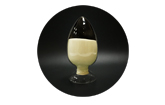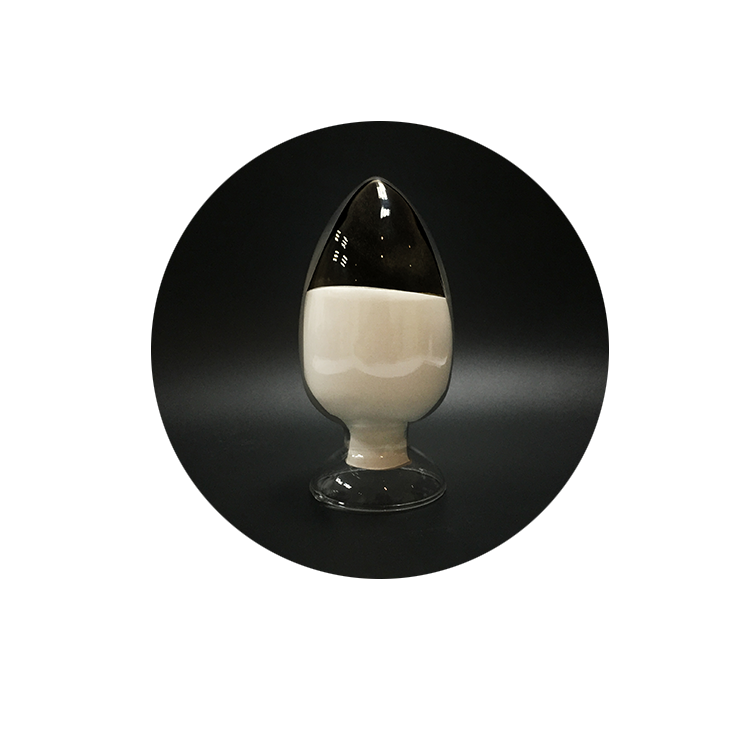Antibacterial Mechanism of ε Polylysine
Bacterial contamination may occur during food storage, transportation, and sales. Due to the rich and diverse nutritional components of food, there are various microorganisms in food. Once food is contaminated, due to the rapid growth of microorganisms, a large number of individuals can be produced quickly, some of which will spoil the food, and some will cause disease. of toxins. As a natural preservative, ε-lysine has the characteristics of broad antibacterial properties and good stability compared with other preservatives. In Japan, ε polylysine has entered the commercial market, and we can see ε polylysine in a variety of food products, especially rice in cooked bento boxes purchased in supermarkets and grocery stores. At present, it is only in the research stage in China, and has not been practically used in food. However, due to its high safety, good bacteriostatic effect, broad antibacterial spectrum and excellent high temperature resistance, ε-lysine is widely used in food. There are good application prospects.
1. Biological properties of ε polylysine
ε polylysine is a polypeptide with bacteriostatic effect, and this biological preservative was first used in food preservation in the 1980s. ε polylysine can be decomposed into lysine in the human body, and lysine is one of the 8 essential amino acids for the human body, and it is also an amino acid that is allowed to be fortified in food by countries all over the world. Therefore, ε polylysine is a nutritional bacteriostatic agent, with higher safety than other chemical preservatives, and its acute oral toxicity is 5g/kg. ε-Lysine has a broad antibacterial spectrum, and can be used for Candida Sharps, Rhododendron, Pichia membranum, and Sporothri rosea; Bacillus stearothermum, Bacillus coagulans in Gram-positive bacteria Bacillus, Bacillus subtilis; Arthrobacter aerogenes, Escherichia coli, etc. in Gram-negative bacteria have obvious inhibitory and killing effects. Polylysine has obvious inhibitory effect on the growth of Gram-positive Micrococcus, Lactobacillus bulgaricus, Streptococcus thermophilus, Gram-negative Escherichia coli, Salmonella and yeast. The compound reagent of ε-lysine and acetic acid has obvious inhibitory effect on Bacillus subtilis.
2. The antibacterial mechanism of ε-lysine
The mechanism of action of ε-lysine is mainly manifested in the following three aspects:
(1) Act on the cell wall and cell membrane system.
(2) Act on genetic material or genetic particle structure.
(3) Act on enzymes or functional proteins.
We have studied the antibacterial properties of polylysine and found that ε-lysine can not only inhibit G+ micrococcus with strong heat resistance, but also inhibit G- Escherichia coli and Salmonella that other natural preservatives are not easy to inhibit. The bacterial effect is also very good, and it can also inhibit the growth of Lactobacillus bulgaricus, Streptococcus thermophilus, and yeast. However, the inhibition of Bacillus subtilis and Aspergillus niger when ε polylysine is used alone is not obvious. The compound treatment of ε polylysine and acetic acid enhances the inhibitory effect on Bacillus subtilis, which has bacteriostatic activity.



